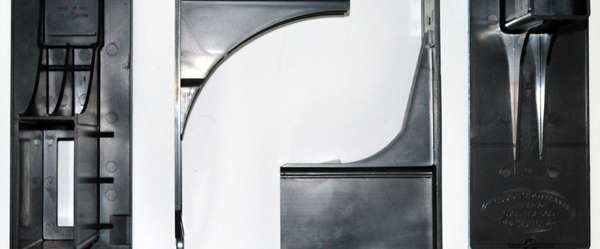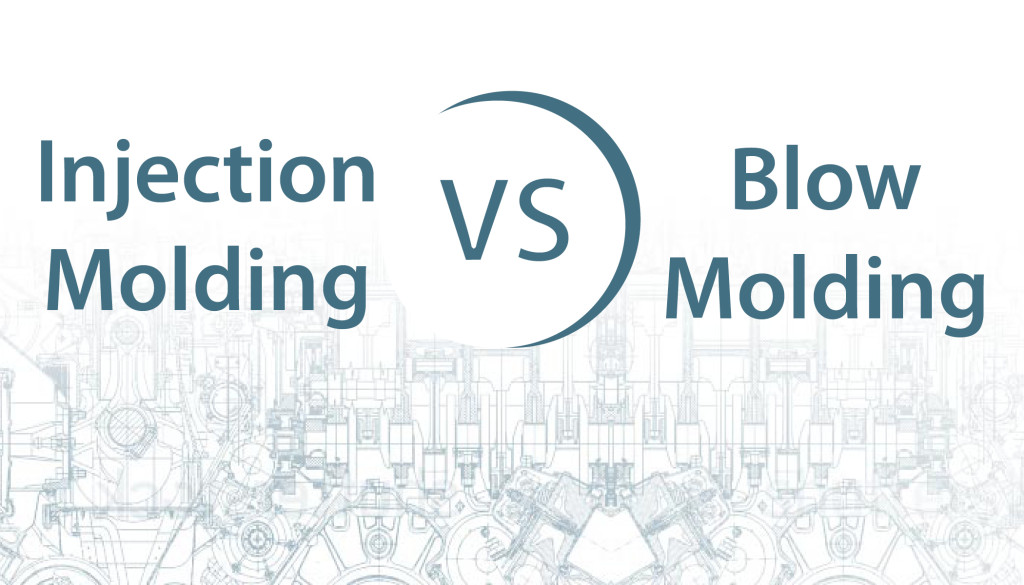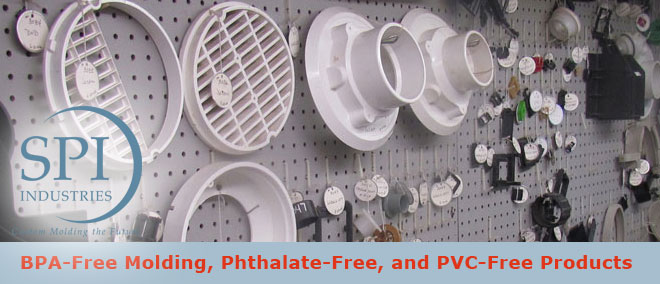
There are so many choices when it comes to the type of plastic required for the job, and molding process that will best suit the end result. One of the latest and largest trends is the shift towards BPA-Free molding, and Phthalate-Free and PVC-Free products. At SPI Industries we believe it’s important to stay on top of the latest processes and healthy plastics to truly offer our customers the best service possible.
Below we dive into the reasons you may want to consider BPA-Free Molding, and Phthalate-Free, PVC-Free products for your next product mold.
Why Choose BPA-Free Molding?
Chances are you’ve seen a product labeled “BPA free” when you’ve gone to the store to buy a water bottle, or any type of food container. Studies have shown that BPA bottles have been known to leech BPA into the bottles when exposed to extreme temperatures. With the increase in studies that have shown the potential health risks of BPA, more consumers are now looking for a BPA-free option.
This is where BPA-Free Molding comes into play. This style of molding process will ensure your products are free from BPA. Although, the FDA hasn’t officially labeled BPA as being harmful for consumer use, a lot of companies are already switching their plastic products to BPA-free. Especially, if they produce children’s goods, or food related containers.
Plastic products produced using BPA-Free molding will be free of PVC, phthalate, and BPA.
Best Uses For This Style Of Mold And Plastic
Most plastics that are free from these chemicals are commonly found in products that come into human contact, or are used in food processing. For instance, a lot of children’s toys and baby food containers are produced using this style of molding.
A lot of food containers, water bottles, milk jugs, plastic cups, and bath toys are commonly produced using BPA-free molding as well.
When you’re trying to consider whether or not to use BPA-free molding for your next set of plastic products it’s important to think about how your products will be used now and into the future. If your plastic products will come into frequent contact with humans through physical contact, or will be used to house food-related products, then staying ahead of the consumer preference curve could be very beneficial for your business.
SPI’s Experience With This Type Of Plastic
At SPI our focus is on providing our customers with the molding processes and types of plastics they require for their business to succeed. Since conscious consumer trends point towards BPA-Free molding and the resulting plastics as the way of the future, it’s important for forward-thinking companies to be able to add this to their product lines.
Our processing capabilities and years of experience enable us to ensure your plastic mold meets all of your required specifications the first time through. A lot of facilities may have the right equipment, but without years of experience working with different types of molding processes, the results will be less than desirable.
If you’re a business owner who needs a new line of BPA-Free, Phthalate-Free, or PVC free plastic products, get in touch with our team of professionals today.
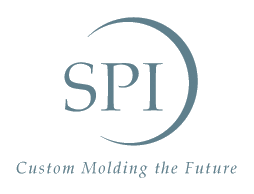
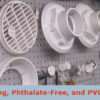



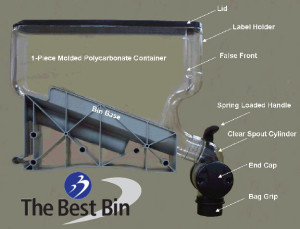



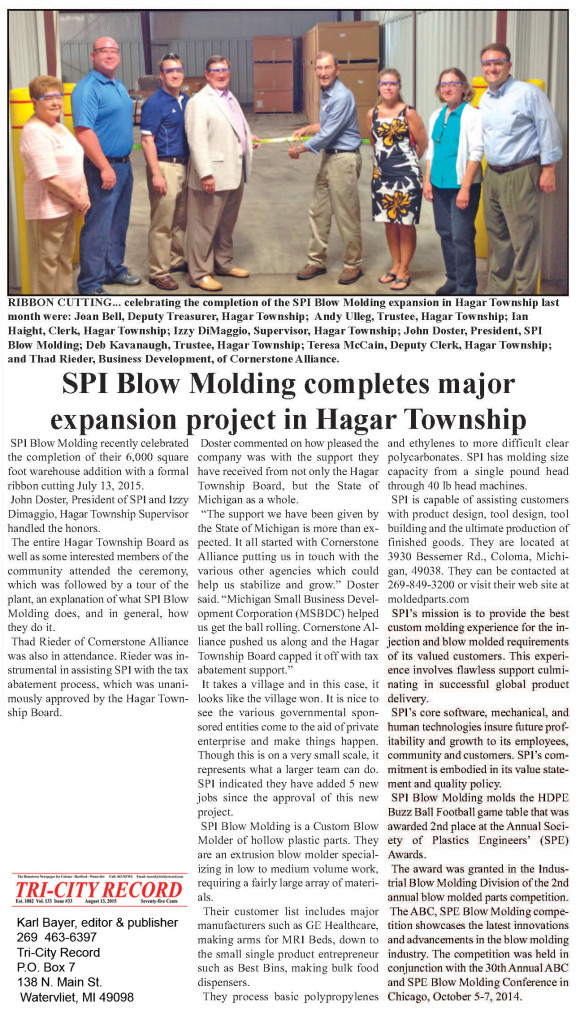




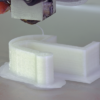

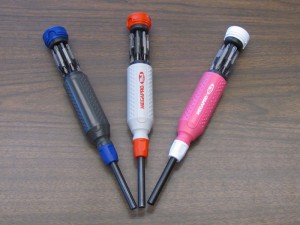
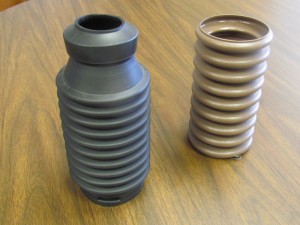
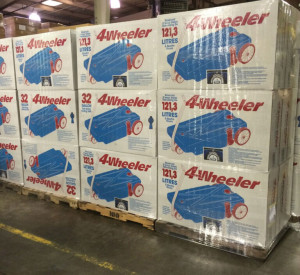 ve been produced they may then be packaged and delivered to your facility for assembly and further distribution, or could be delivered directly to your customers. Discuss in detail your overall need for assistance with any and all steps in the manufacturing process.
ve been produced they may then be packaged and delivered to your facility for assembly and further distribution, or could be delivered directly to your customers. Discuss in detail your overall need for assistance with any and all steps in the manufacturing process.